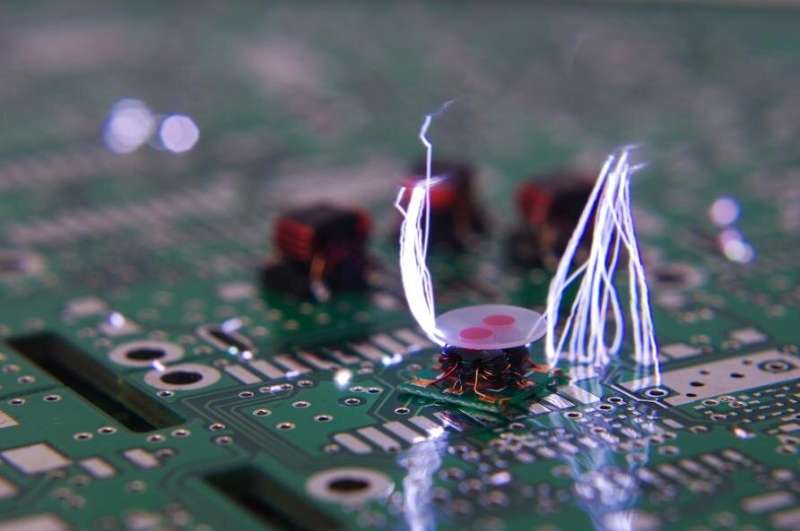Researchers at the University of Melbourne have simplified piezoelectric material benchmarking by including electrostatic signals in signal processing.

Piezoelectric materials refer to solid substances such as crystals, bones, or proteins, which can generate an electrical charge in response to mechanical pressure. Energy-harvesting materials power solar cells, wearables, implants and spacecraft, keeping devices charged without wires. However, accurate energy output measurement is vital for efficient energy harvesters.
Researchers at the University of Melbourne have simplified piezoelectric material benchmarking by incorporating electrostatic signals into signal processing techniques. Factoring phantom energy in advanced electronics is critical. Previously, it was unclear if motion-based energy harvesters produced phantom energy. The team found a way to detect phantom energy by analyzing the electrical signal of a moving material.
Measuring phantom energy
Piezoelectricity transforms mechanical energy into voltage. Piezoelectric polymers power wearables by converting motion into electricity. But, it may build up surface electrostatic charges due to the friction produced during electrical output. Friction-induced effects in energy harvesting must be understood to avoid unexpected energy yield spikes in electronic devices. Differentiating intrinsic piezoelectric signals and triboelectricity-hindered signals is difficult. The researchers wrapped energy harvesters in the conductive adhesive to detect signal accuracy. Shielded energy harvesters had a unique frequency response, distinguishing them from unshielded harvesters.
Finding phantom energy
The researchers used the fast Fourier transform on energy harvester electrical output to identify phantom energy. The fast Fourier transform converts an analogue signal, such as voltage over time, to the frequency domain to detect repetition in the signal. Motion-based energy harvesting should have a simple frequency spectrum resembling a single skyscraper. However, when phantom energy is present, the spectrum becomes complex, resembling a city skyline. These harmonic distortions can amplify the source signal.
Removing phantom energy
The Fourier transform is used to detect interferences in piezoelectric measurements caused by small areas of friction during testing. It’s a useful tool for data analysis to detect signal trends and anomalies. Extra energy spikes may seem beneficial but can damage the device by causing an overload. The team tested piezoelectric samples in various ways and demonstrated how to identify phantom energy during benchmarking using a simple Fourier transform technique. Detecting and quantifying phantom energy allows researchers to use signal filters to isolate and eliminate interference. Piezoelectric energy harvester manufacturers can use this technique to create precise devices for various applications and extend their lifetimes.
Reference : Ronald T. Leon et al, Decoupling piezoelectric and triboelectric signals from PENGs using the fast fourier transform, Nano Energy (2023). DOI: 10.1016/j.nanoen.2023.108445

